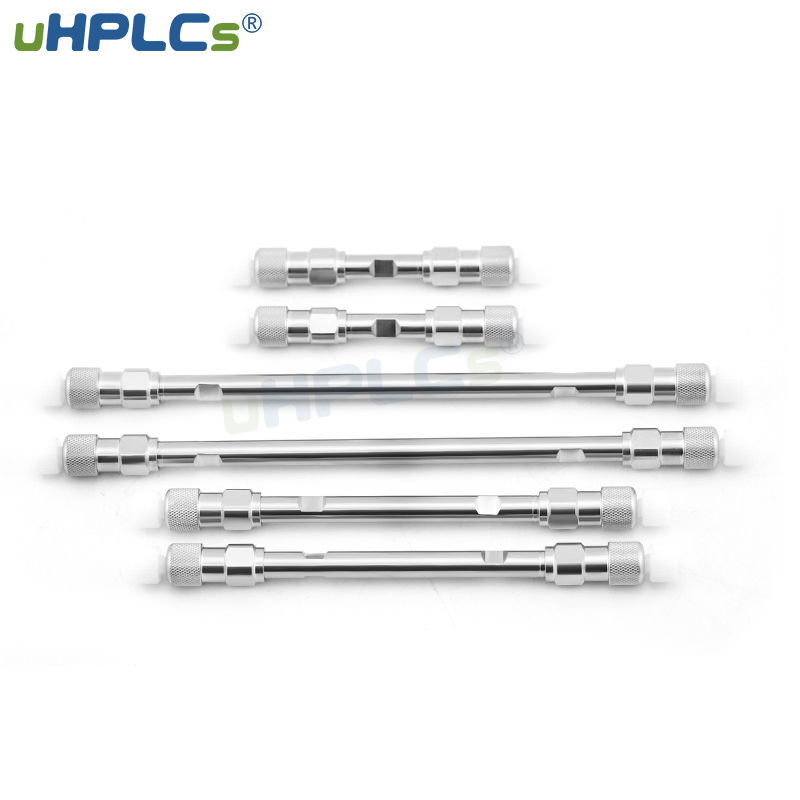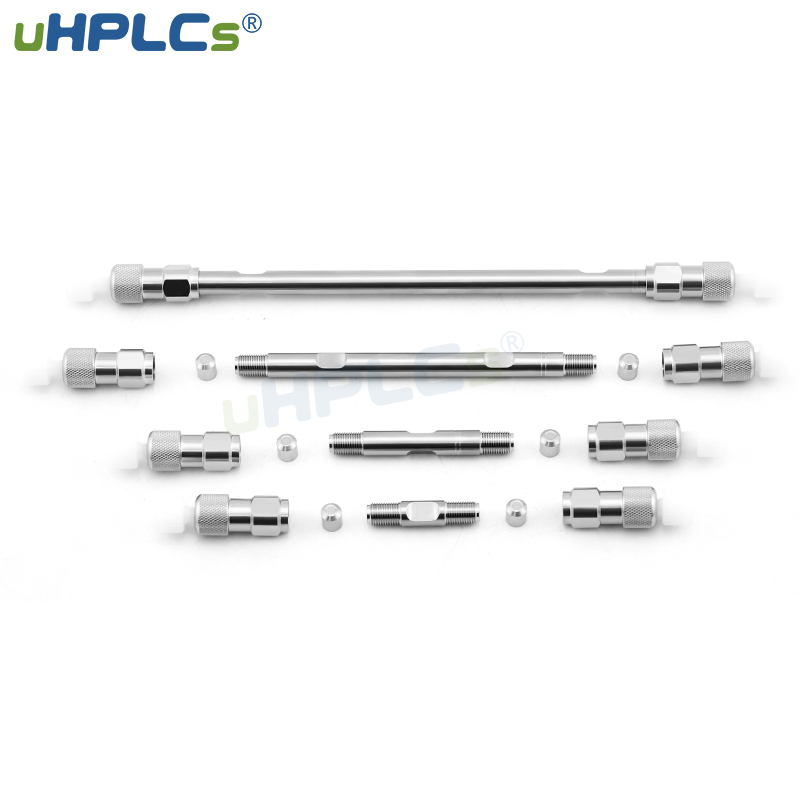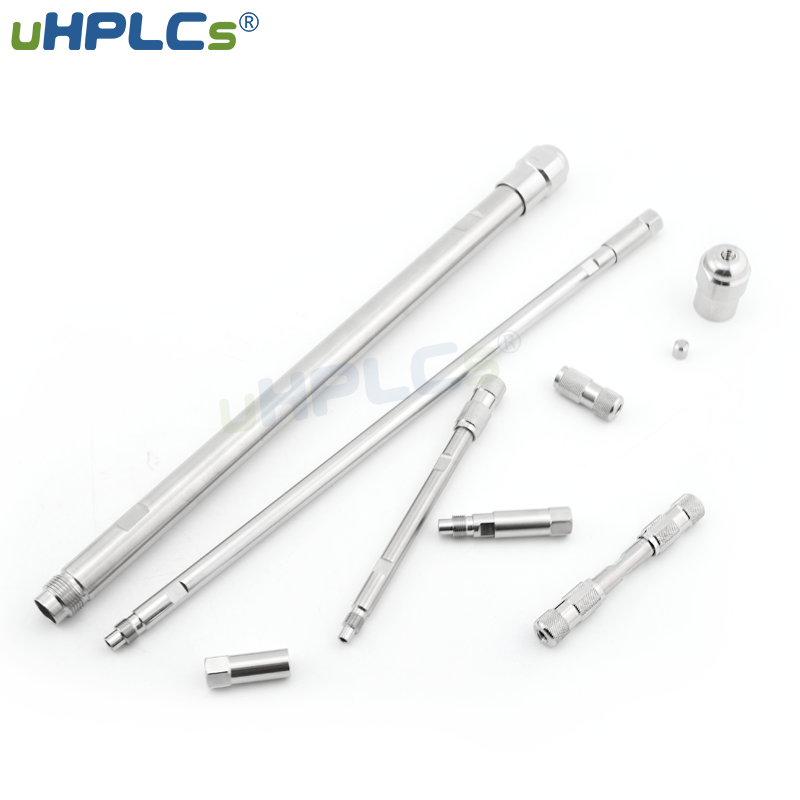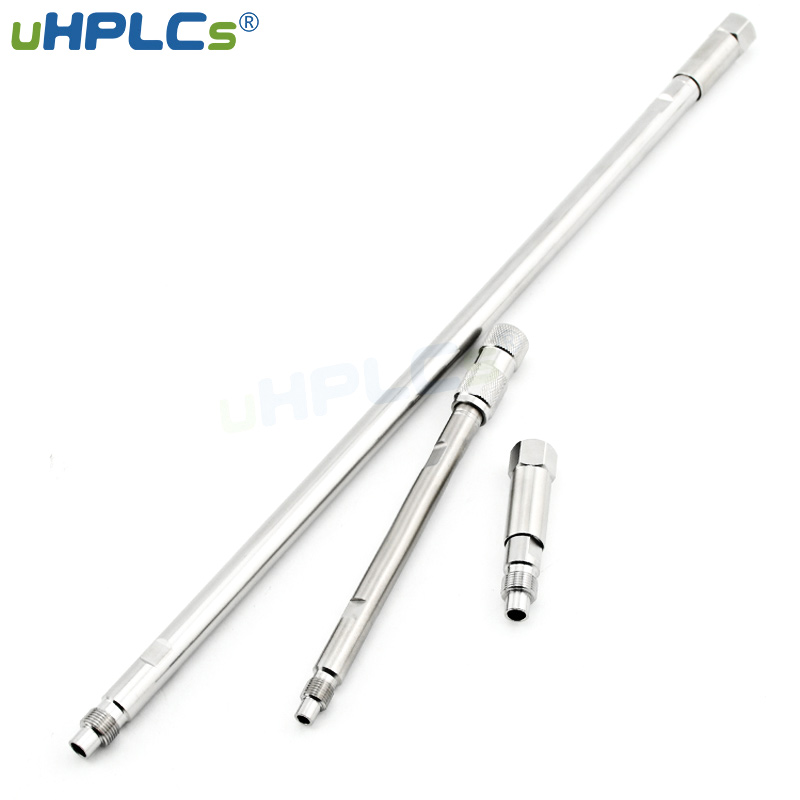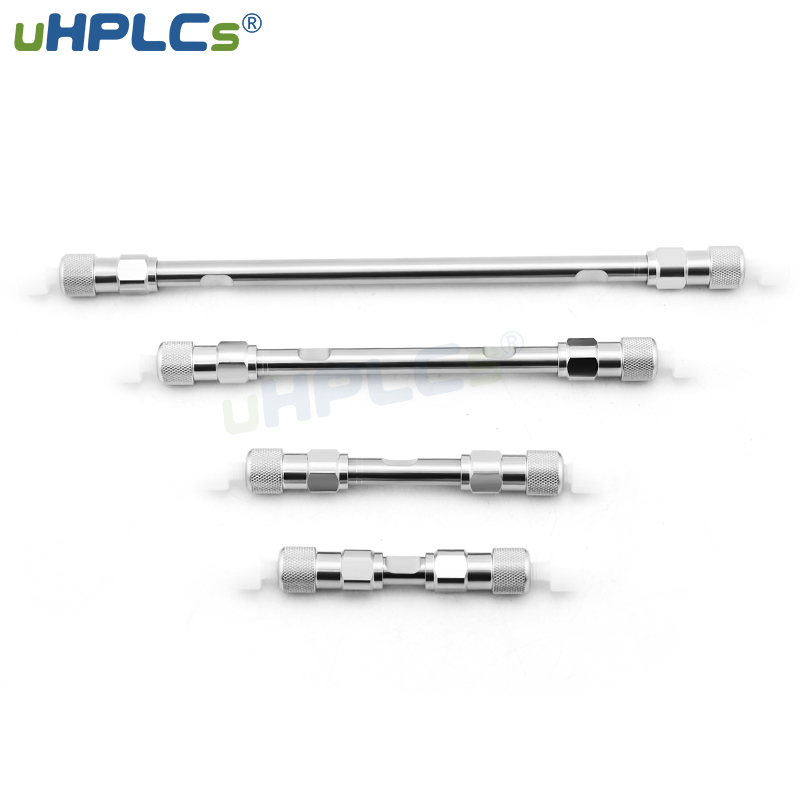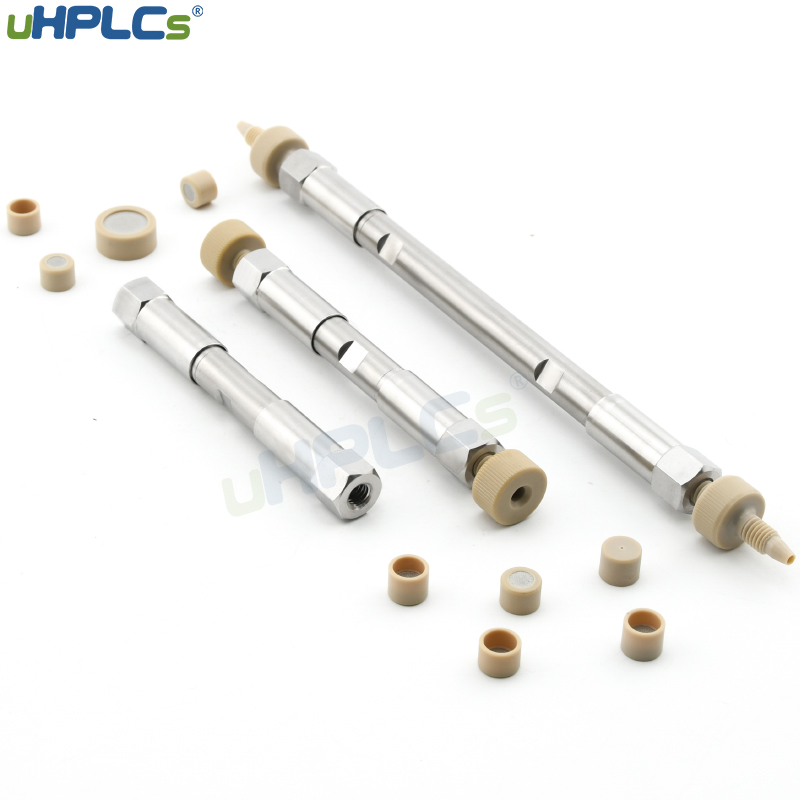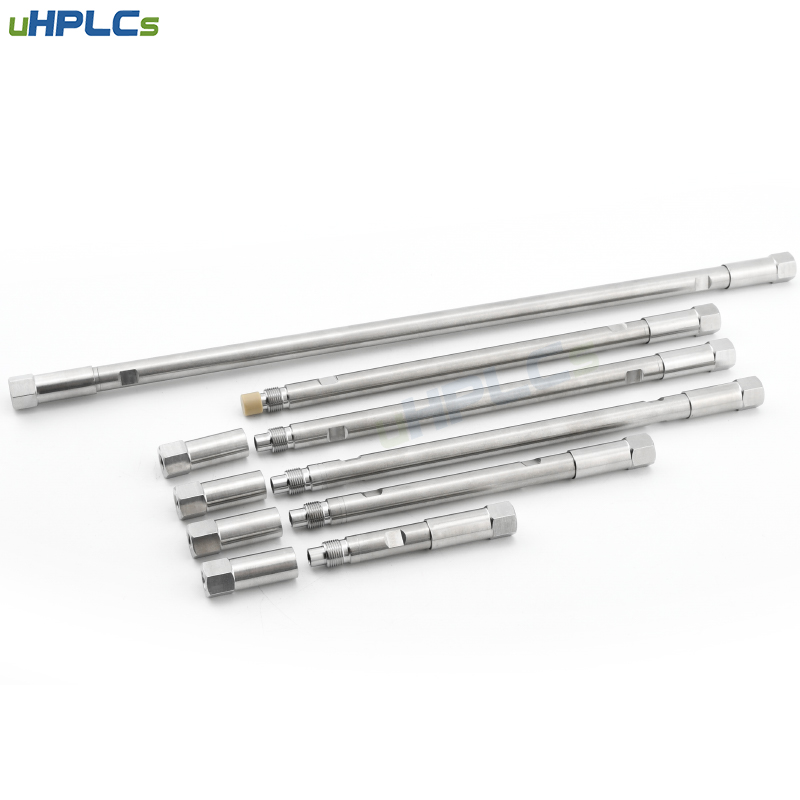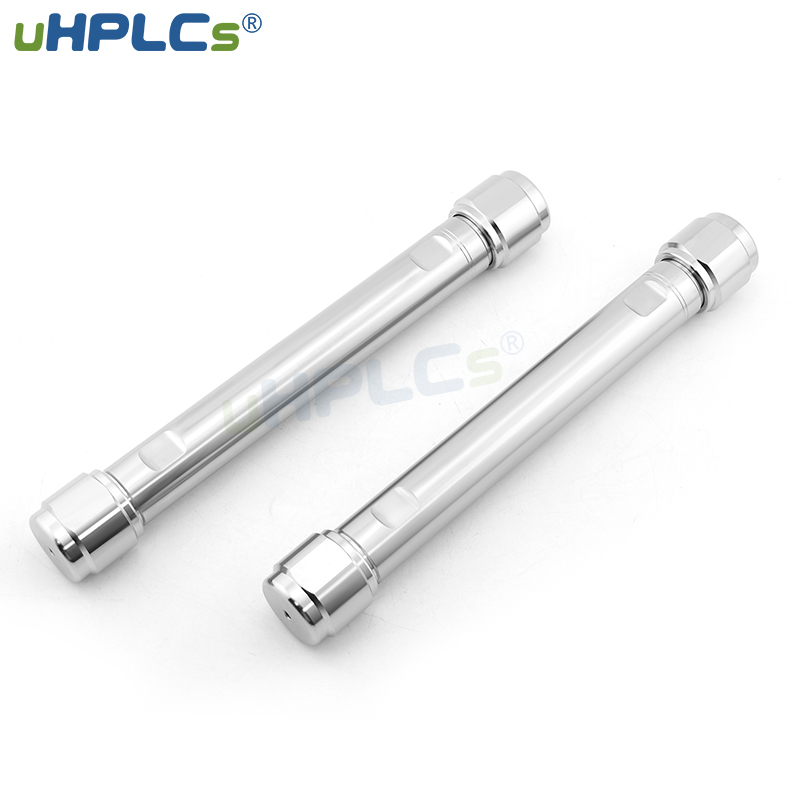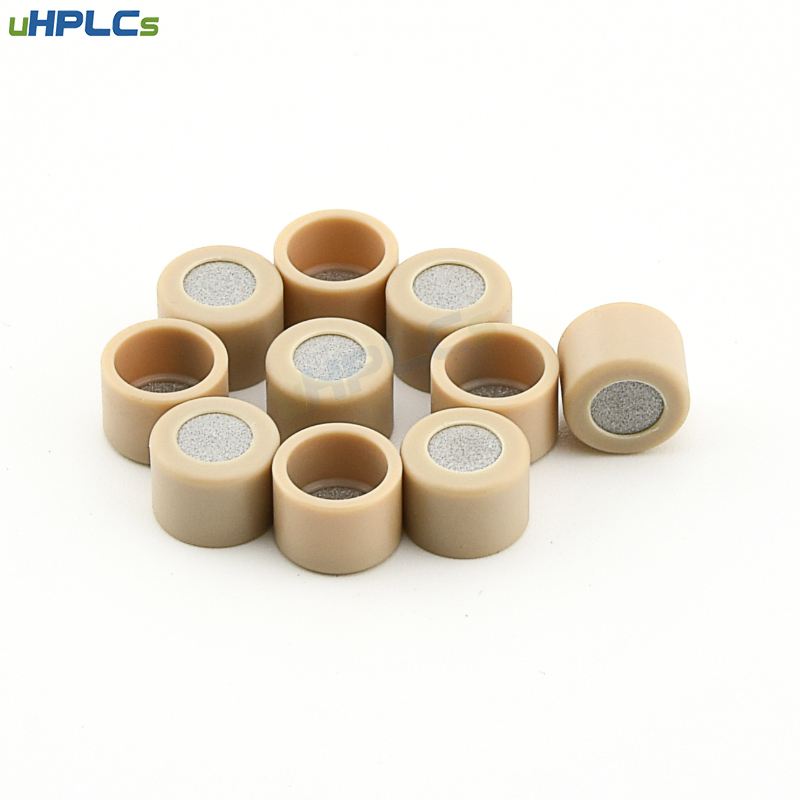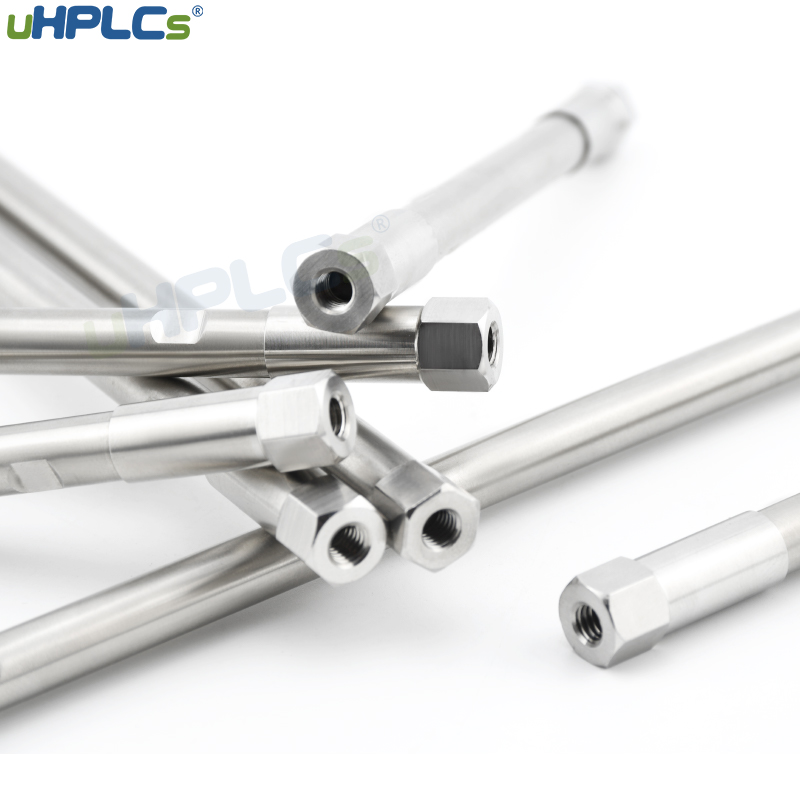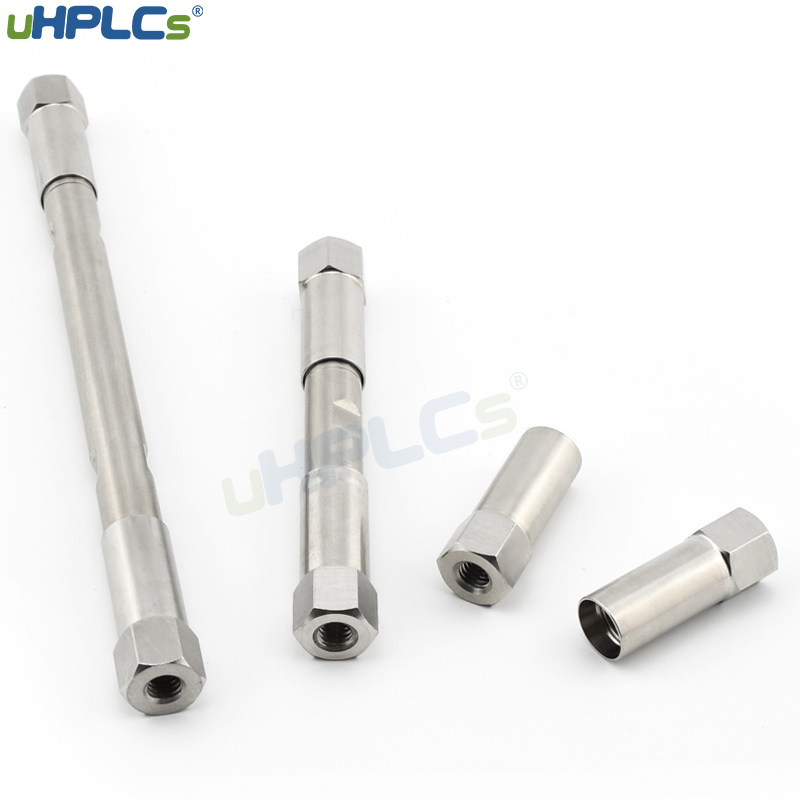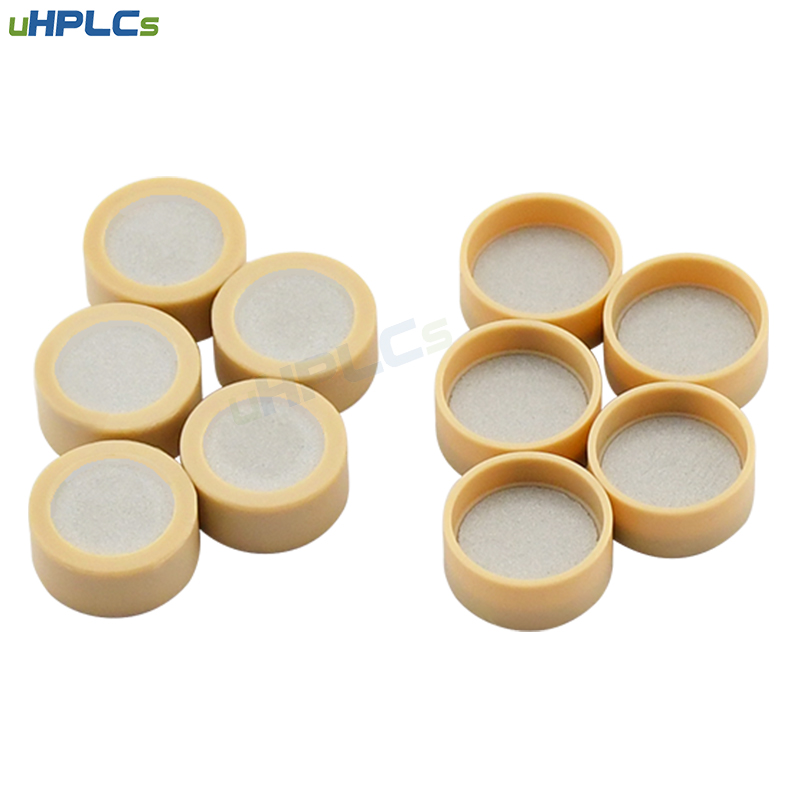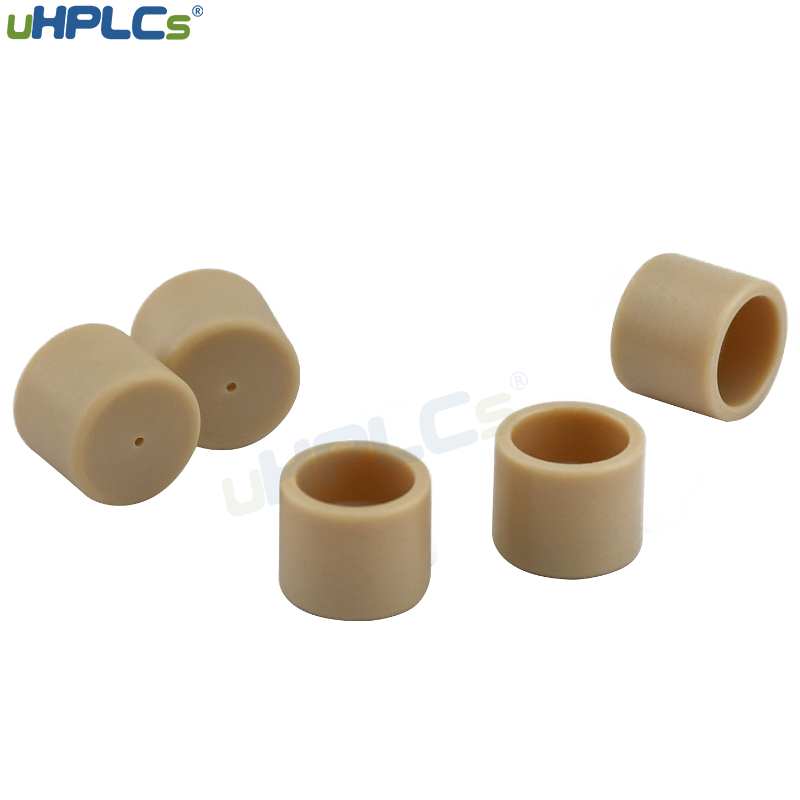Empty HPLC Columns
Applications
High-performance liquid chromatography tubing made by uHPLCs offers efficient performance at high
operating pressures, in exacting environments. Our column tubes are suitable for a full range of analytical
applications including:
1. Size Exclusion Chromatography (SEC)
2. Hydrophobic Interactive Chromatography (HIC)
3. Ion Exchange Chromatography (IEC)
4. Affinity Chromatography (AFC)
5. Reverse Phase Chromatography (RPC)
Size Range
Our HPLC products are manufactured using a seamless cold-drawn process, and size ranges are typical:
Standard bores - 2.1 mm to 4.6 mm (0.082” to 0.182”) ID
Preparative bores - 10 mm to 50 mm (0.39” to 1.97”) ID
HPLC frit selection guide
| Particle size of material | HPLC frit Particle size |
| 3-4u | 0.5u |
| 5-20u | 2u |
Profiles And Supply Form
Tubes are made in a round or section profiles and generally supplied in straight lengths which are precision cut (ECM, laser, radial saw) to lengths you specify.
FAQ about Empty HPLC Column
1. What are empty HPLC columns?
Empty HPLC columns are columns that have not been filled with the stationary phase. They are used in high-performance liquid chromatography, a technique to separate and analyze compounds in a mixture.
2. How are empty HPLC columns used?
Empty HPLC columns are used in a variety of applications, including the separation of complex mixtures of compounds, the purification of compounds, and the characterization of compounds. They are often used with other chromatography techniques, such as gas chromatography, to provide a more comprehensive sample analysis.
3. What types of stationary phases can be used in empty HPLC columns?
A variety of stationary phases can be used in empty HPLC columns, including silica, C18, C8, and C4. The choice of stationary phase will depend on the properties of the compounds being analyzed and the intended application of the analysis.
4. How do I choose the empty HPLC column for my application?
The choice of an empty HPLC column will depend on the properties of the compounds being analyzed and the intended application of the analysis. Factors you should consider include the type of stationary phase, the particle size, the column dimensions, and the flow rate. It is important to consult the manufacturer's specifications and consult with an experienced chromatographer.
5. How are empty HPLC columns packed?
Empty HPLC columns are packed with the stationary phase through slurry packing. A slurry of the stationary phase and a solvent is prepared, and the column is filled with the slurry. The column is then washed to remove any excess solvent, and the stationary phase is allowed to settle and harden in the column.
6. How should I store empty HPLC columns?
Empty HPLC columns should be stored in a cool, dry place away from direct sunlight. They should be protected from physical damage and should not be exposed to extreme temperatures or humidity. If the column is not going to be used for a long period, it should be sealed with a cap to protect it from dust and other contaminants.
7. How often should I replace my empty HPLC column?
The replacement frequency will depend on the type of application and the properties of the compounds being analyzed. It is generally recommended to replace an HPLC column every 6-12 months or when it shows signs of degradation, such as high back pressure, low efficiency, and poor resolution.
8. What are the most common problems encountered with empty HPLC columns?
The most common problems with empty HPLC columns include clogging, leaks, and poor resolution. These problems can be caused by various factors, such as improper storage, incorrect column packing, or a stationary phase that is not well-suited for the intended application.
9. How do I clean my empty HPLC column?
The cleaning of an empty HPLC column will depend on the type of stationary phase used and the type of sample that has been analyzed. A common method is to use a mixture of water and a solvent such as methanol or acetonitrile to flush the column. It is important to follow the manufacturer's recommendations for cleaning the column.
10. Can I reuse empty HPLC columns?
Usually, You can reuse the empty HPLC columns, but it is generally recommended to replace them after a certain period of use or when they show signs of degradation. Reusing a column may decrease the efficiency and resolution of the analysis.
11. How much solvent do I need to flush an empty HPLC column?
The amount of solvent needed to flush an empty HPLC column will depend on the dimensions and the flow rate. It is important to consult the manufacturer's recommendations for the specific column used. A general rule of thumb is to use at least 3 column volumes of solvent to ensure proper cleaning.
12. Can I use different solvents for the mobile and cleaning phases in an empty HPLC column?
Yes, you can use different solvents for the mobile and cleaning phases in an empty HPLC column. However, it is important to ensure that the solvent used for cleaning is compatible with the stationary phase and does not cause damage to the column. It is also important to flush the column with a compatible solvent after cleaning to remove any residual cleaning solvent before the next analysis.
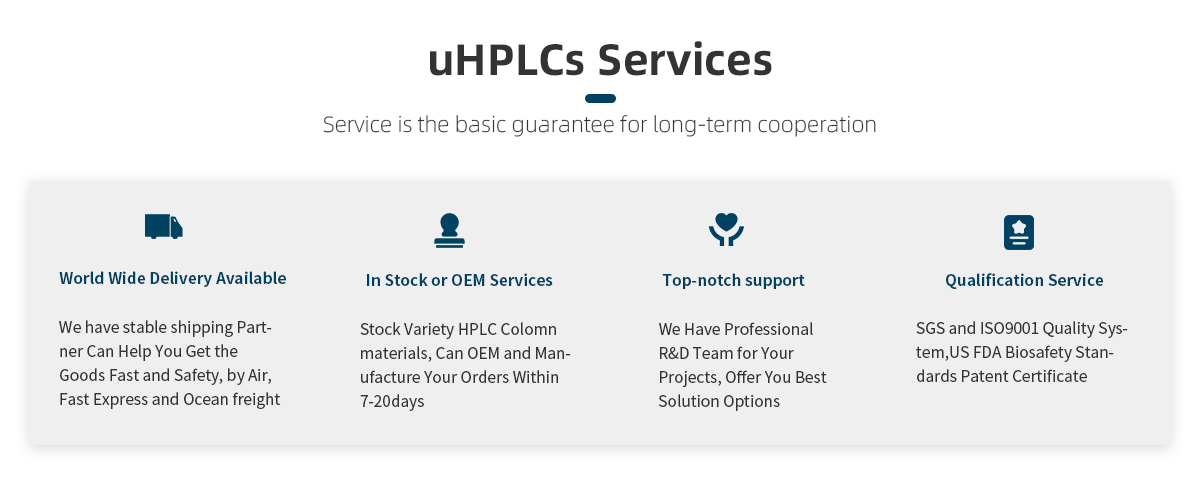

You Are Welcome to Contac us by email sales@uhplcslab.com or
send inquiry as below form,we will send it back to you asap within 24-hours.



